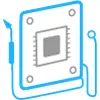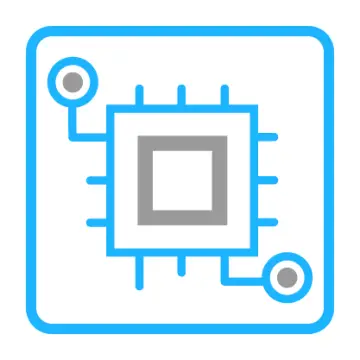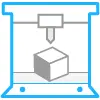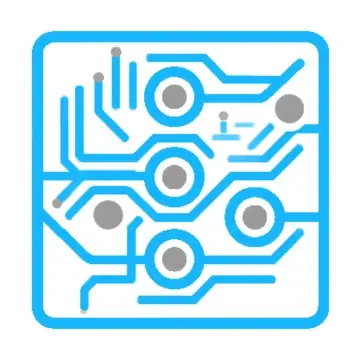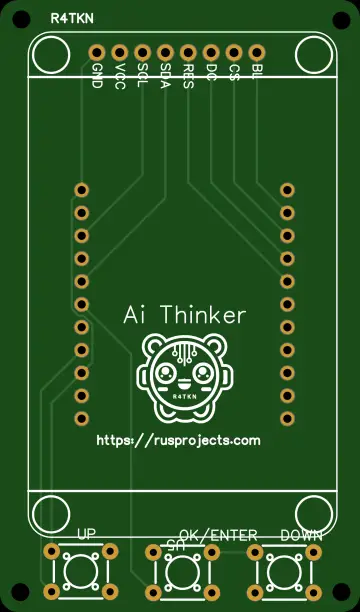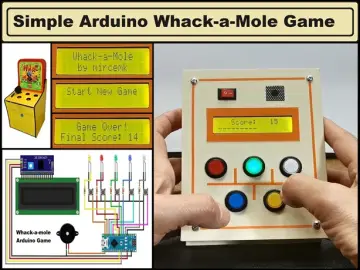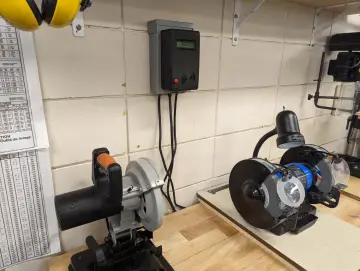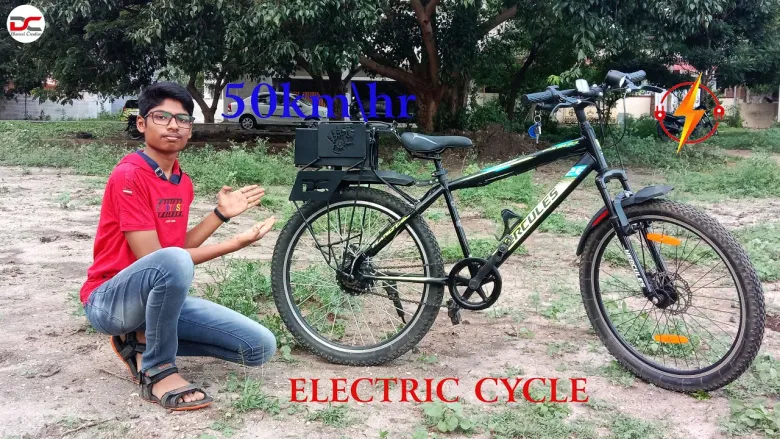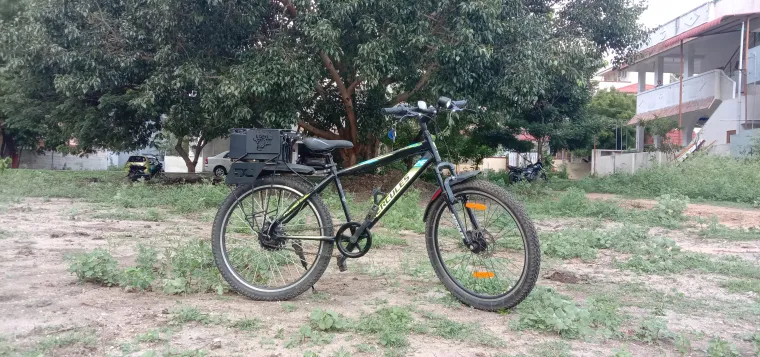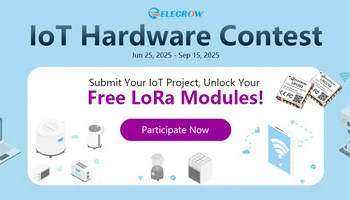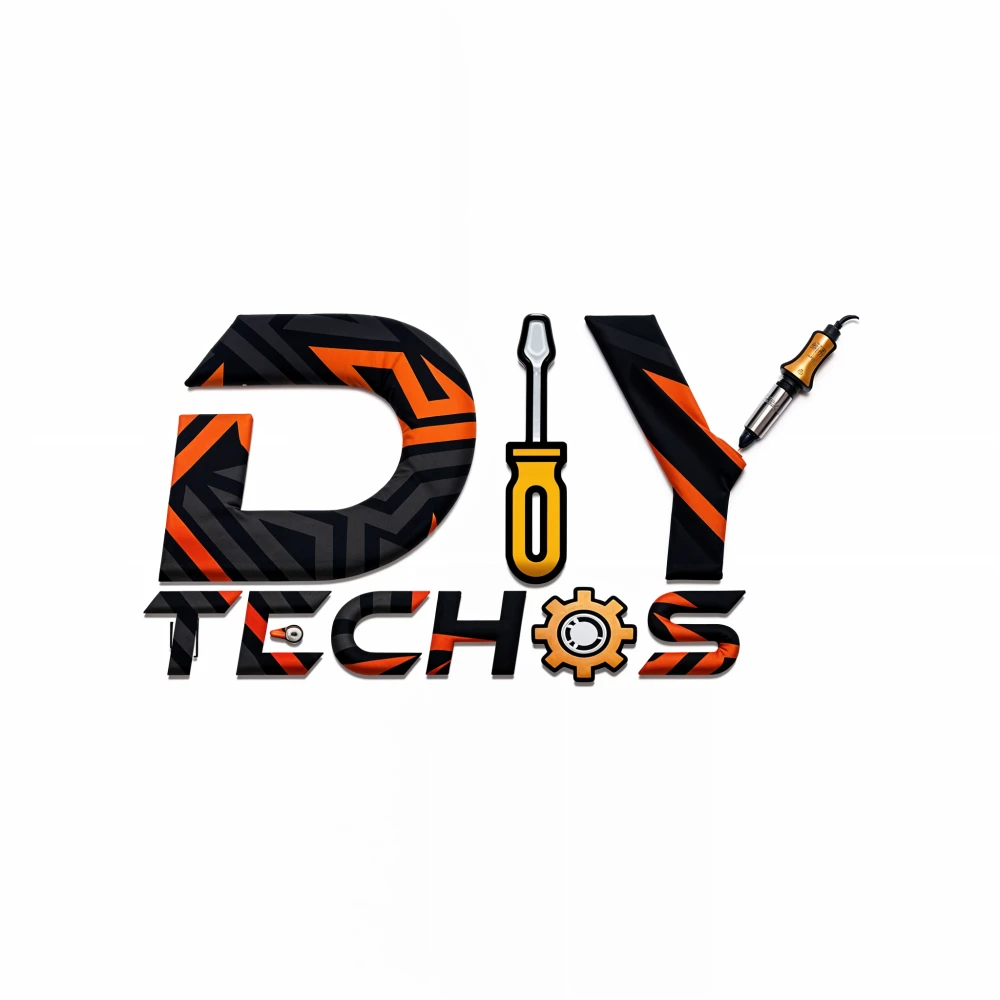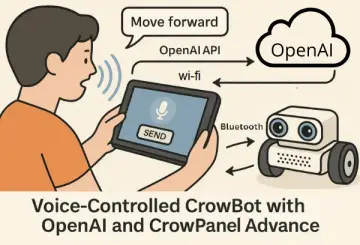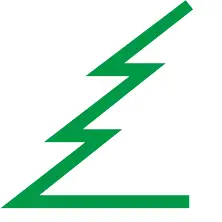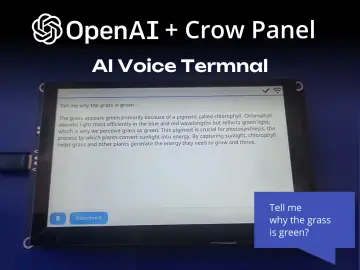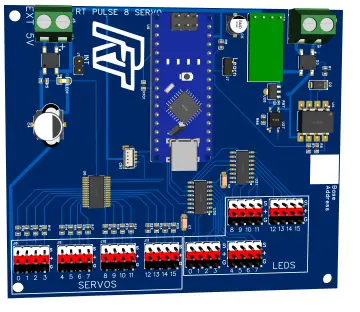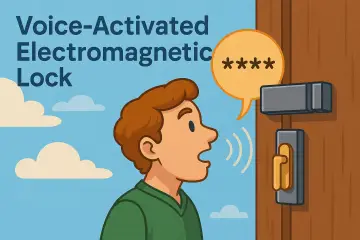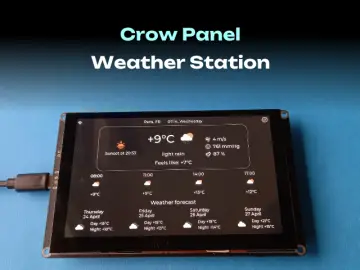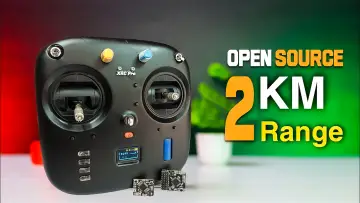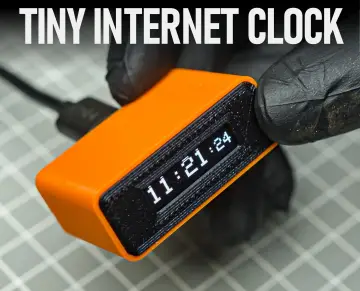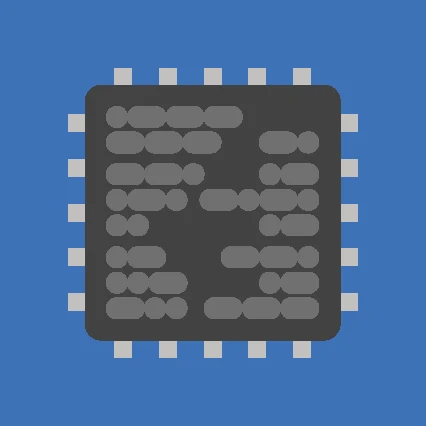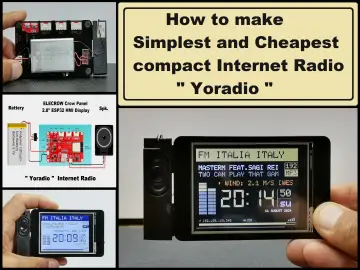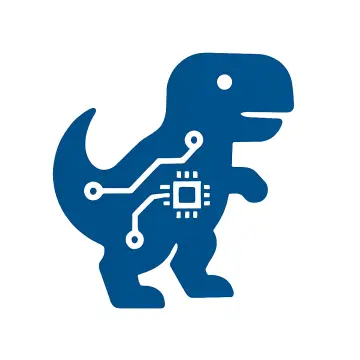Story
Overview
This project demonstrates how to convert a standard bicycle into a high-performance electric bike (e-bike) capable of reaching speeds up to 50 km/h. It involves integrating an electric motor, battery system, throttle controller, and other essential electronics. The project blends mechanical engineering, electrical systems, and DIY fabrication skills to build a cost-effective and powerful personal transportation solution.
Project Goals
-
Convert a regular bicycle into an electric-powered vehicle
-
Achieve a top speed of ~50 km/h
-
Ensure good range (20–40 km depending on battery)
-
Maintain balance between speed, torque, and safety
-
Build a system that supports throttle control and regenerative braking (optional)
Components Used
| Component | Description |
|---|---|
| Brushless DC (BLDC) Hub Motor | 500W–1000W rear or front wheel hub motor |
| Lithium-ion Battery Pack | 36V or 48V, typically 10Ah–20Ah |
| Motor Controller | Matched to motor voltage/current, with hall sensor support |
| Throttle (Thumb or Twist) | Sends variable voltage signal to controller |
| Pedal Assist System (Optional) | Enables hybrid manual + motor riding |
| Display Unit / Speedometer | Shows speed, voltage, distance |
| Controller Box / Mounts | Protects electronics from weather/shock |
| Wiring Harness + Connectors | High-current cables, XT60/XT90 or Anderson connectors |
| Fuses / Circuit Breaker | Overcurrent protection |
| Mechanical Brake System | Disc or V-brake with possible motor cutoff |
How It Works
-
Throttle Input: The rider uses a twist or thumb throttle to signal the motor controller.
-
Controller Logic: Based on throttle position and battery status, the controller sends power to the motor.
-
Motor Drive: The BLDC hub motor rotates the wheel, propelling the bike.
-
Speed Regulation: Speed can be limited by the controller or manually via throttle input.
-
Battery Supply: A lithium-ion battery supplies DC power to the controller and motor. Proper BMS (Battery Management System) manages charging/discharging safely.
Build Process (Simplified)
-
Mount the Hub Motor Wheel:
-
Replace rear or front wheel with the motor-integrated hub.
-
Ensure axle fit and torque arms are installed to prevent rotation.
-
-
Install Battery and Controller:
-
Mount battery pack inside the bike frame or on a rear rack.
-
Mount the controller in a waterproof box near the frame.
-
-
Wire Everything Up:
-
Connect motor phase wires and hall sensor wires to the controller.
-
Wire throttle, brakes (cutoff), display, and battery connections.
-
Secure and weatherproof all exposed terminals.
-
-
Test and Tune:
-
Power on and check motor rotation.
-
Use the display to monitor voltage, current, and error codes.
-
Test ride and adjust throttle response and speed limits.
-
Performance Metrics
| Parameter | Estimate (Varies by Setup) |
|---|---|
| Top Speed | ~45–50 km/h |
| Range | 20–50 km (depending on battery size & terrain) |
| Motor Power | 500W–1000W |
| Voltage | 36V / 48V |
| Charging Time | 4–6 hours |
Advantages
-
Eco-friendly personal transportation
-
Customizable performance (speed, range)
-
No fuel cost, minimal maintenance
-
Great learning project for e-mobility and power systems
Safety Tips
-
Always wear a helmet
-
Use brake cutoff switches to avoid throttle-while-braking
-
Mount battery securely and away from impact zones
-
Include fuses or BMS for battery protection
-
Ensure legal compliance with local e-bike laws (speed/power limits)
???? Optional Upgrades
-
Regenerative Braking
-
Cruise Control
-
Bluetooth App Integration for stats monitoring
-
Solar Charging
-
Smart BMS with individual cell monitoring
-
LED lights and horn integration


